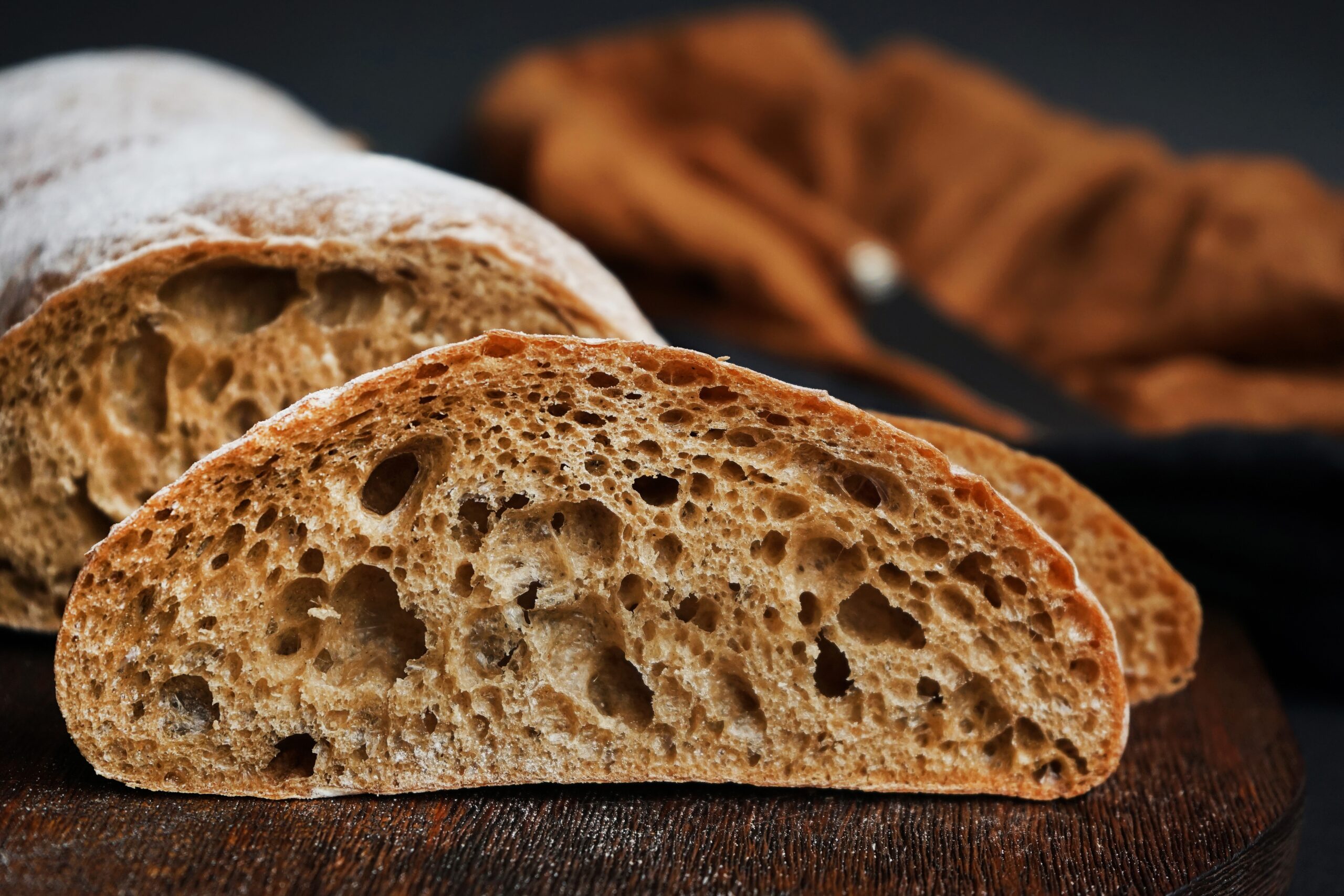Bread is a staple in many households, and although it only requires 3 main ingredients (flour, water and yeast) to make, storing it properly can be quite a challenge.
Depending on how and where you store it, bread can become hard, chewy, or worse, develop mold in a matter of days. Fortunately, there are simple strategies to keep it fresh and crispy for longer.
The common mistake: storing bread in plastic bags
One of the most common mistakes we make when storing bread is storing it in a plastic bag. While it may seem like a practical solution at first glance, this type of packaging can actually be bread’s worst enemy. According to Dutch baker Joost Arijs, “we should never store bread in a plastic bag,” as this material prevents proper air and moisture exchange.
When bread is stored in plastic, the moisture inside has no way to escape. As a result, the crispy crust becomes soft and the bread becomes chewy. In addition, the accumulation of moisture inside the bag encourages mold growth in a short time. Without ventilation, fungi and bacteria present in the environment find a perfect environment to develop quickly.
While plastic bags may seem like a convenient solution, the experts’ advice is clear: it’s best to avoid them at all costs when it comes to keeping bread fresh.

The ideal alternative: paper bags and paraffin
To keep bread fresh and crispy for longer, the best method is to store it in a paper bag. Bakeries often use this type of bag not only for convenience, but because it allows the bread to breathe, which helps keep its crust crispy for longer. Unlike plastic, paper allows moisture to escape gradually, preventing the bread from becoming chewy.
However, using a simple paper bag is not a permanent solution. Although it keeps the bread in better condition than plastic, over time it will begin to harden. Therefore, it is advisable to use paper bags that are coated with paraffin. These types of bags combine the advantages of allowing air circulation with the ability to retain some of the moisture, which prevents the bread from drying out quickly.
If your bakery offers paper bags with paraffin, use them without hesitation. Otherwise, you can purchase these bags at specialty stores. This method will allow you to keep your bread fresh for longer, although it is important to remember that even with the best storage conditions, bread will begin to lose its freshness eventually.
Another increasingly popular option is the use of reusable wrappers made from beeswax. Available in many specialist and organic stores, these allow the bread to breathe while protecting it from excessive moisture loss. Beeswax acts as a natural barrier that preserves the bread’s freshness without allowing too much moisture to build up.
Beeswax wraps are a sustainable and eco-friendly alternative to using plastic or disposable bags, making them an ideal option for those looking to reduce their ecological footprint.

Using the bread basket: a classic option
Bread bins have been used for generations to store bread, and for good reason. These containers, which can be made of wood, metal, or ceramic, allow bread to be stored in a ventilated environment. Bread bins are designed to regulate air circulation and maintain a balanced humidity, which prevents bread from drying out or becoming moldy quickly.
If you have a bread box at home, it is an excellent option for storing loaves of bread or large pieces that you plan to consume in a few days. However, if the bread will not be consumed in that period, it is best to consider other alternatives, such as the freezer.
Freezing bread: the definitive solution for preserving it
When you don’t plan on eating your bread within a day or two, freezing it is one of the best ways to preserve its freshness. To do this properly, make sure to wrap the bread in foil or freezer-safe zip-top bags, which will prevent ice crystals from forming on its surface.
When you need to consume the bread, simply defrost it at room temperature or use an oven to restore its crispy texture. Freezing is especially useful for large batches of bread or for homemade breads that do not contain preservatives.
Storing bread properly is essential to maintaining its freshness and flavour for longer. With these simple tips, you can enjoy fresh, crispy bread for longer, reducing waste and improving your daily culinary experience.
Continue reading:
* Tips to help preserve rice for longer
* Is it safe to freeze canned tuna?
* Tips to preserve mayonnaise for longer
